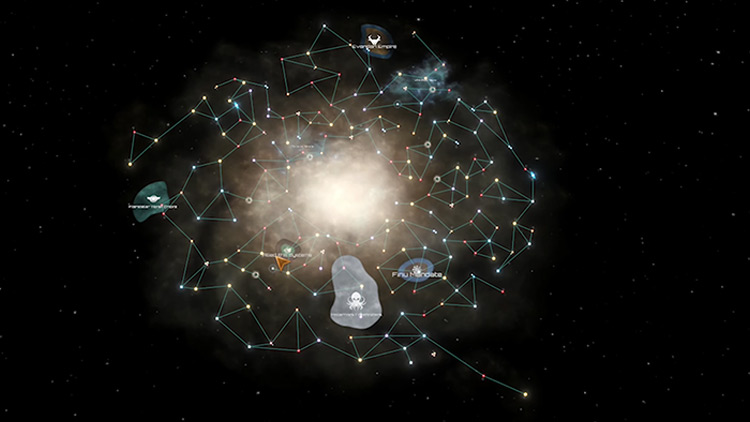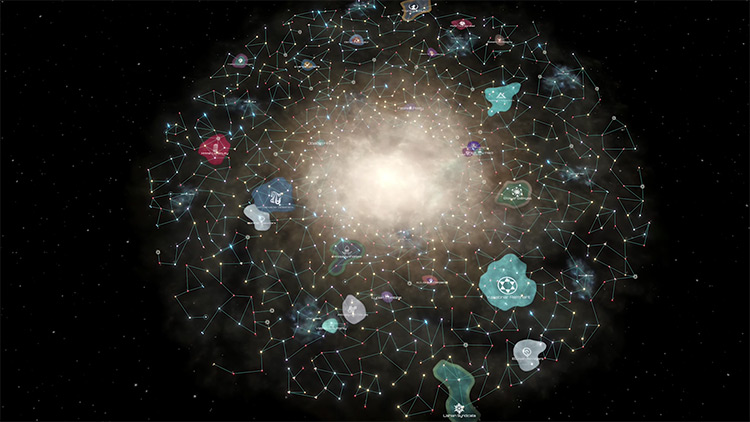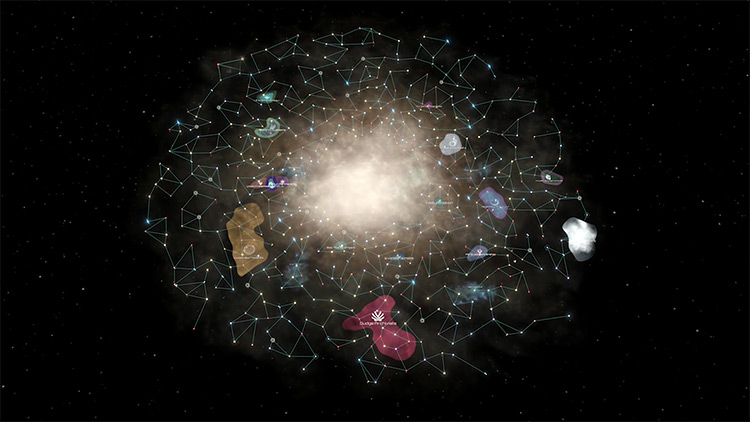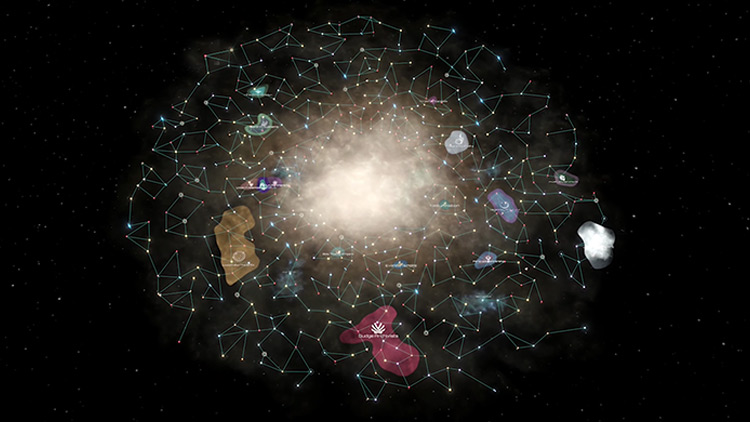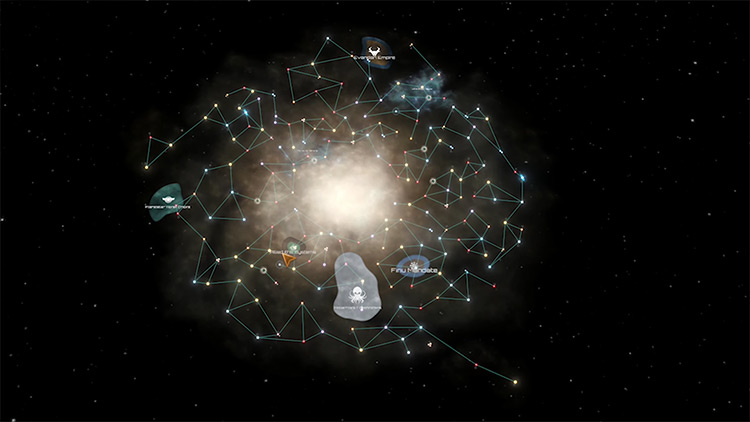This setting determines the number of star systems present in the galaxy. The higher the number, the more AI empires, Fallen Empires, and other entities can spawn. In addition to the number of habitable worlds and hyperlane density, this setting can completely alter how you experience Stellaris, and it’s worth giving each of them a try. Still, if you want to skip the first-hand research and find out what galaxy size will give you the most potential for fun, you’ve come to the right place. Hop on your fastest science ship and let’s survey the five galaxy sizes available in Stellaris!
5. Small
A Small galaxy is a fantastic option for first-time players who want to get the hang of things without feeling overwhelmed. Choosing Small offers you an opportunity to win a game without much experience, assuming you pick sensible settings. I’d recommend keeping habitable planets high to facilitate your expansion, and staying on the lower end of the hyperlane density setting, so you only have to worry about protecting a couple choke points. If you want to up the ante and make things more interesting, try going upwards of 10 AI players for extra border tension.
4. Huge
Huge galaxies are a favorite of players who like to feel like they’re in an endless universe. But it’s a bit inconvenient gameplay-wise. While this setting offers excellent expansion opportunities, getting locked in by your neighbors can be more damaging than usual. Normally, you can just build tall to compensate – but in such an enormous galaxy, your neighbors’ enormous territories might be too much to counter. Even violent conquerors might find it hard to capture and hold most of the galaxy due to its sheer size. Finding and controlling Gateways becomes a lot more important in this mode.
3. Medium
Medium-sized galaxies are convenient and flexible, allowing many different playstyles to thrive depending on your other settings. I love going for 0.75x hyperlane density and around 0.25x habitable planets. It makes every world feel important and gives you enough border tension and territorial competition without overwhelming you with threats on all sides. This is also a fantastic setting to keep late-game lag to a minimum. It’s not as limited as Tiny, but in-game time won’t grind to a halt like you’re approaching the event horizon of a black hole.
2. Large
Gamers with a bit of experience and a powerful enough computer should definitely give Large galaxies a try. What I like the most about this setting is that it lets the galaxy develop its own local ecosystems and geopolitical climates way before most of the territory is claimed. In addition, its size allows you to place plenty of AI players, Fallen Empires, and Marauders, without them becoming an immediate threat. After all, they’d have to reach you first. If you’re playing a friendly, non-belligerent empire, you want to keep an eye on any Gateways inside your territory. If you’re going to conquer the galaxy by force, claim as many as you can.
1. Tiny
I may be swimming against the current here, but I think a Tiny galaxy has the most potential for fun in Stellaris. Tiny galaxies have everything you need for a fast-paced and engaging playthrough. The small number of stars means resources are limited, making every star system important and motivating you (and your neighbors) to put your fleets where your mouth is and defend your sphere of influence like your lives depended on it. It has the potential of devolving into total chaos if you drive up the hyperlane density and add many AI empires. You’ll experience fast and tight gameplay with a nice balance between war and diplomacy, even at a lower density. As if that wasn’t enough, this galaxy type reduces the risk of lagging in the late game to a minimum, which means you’re more likely to finish the match.
